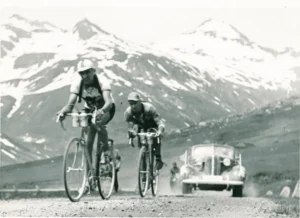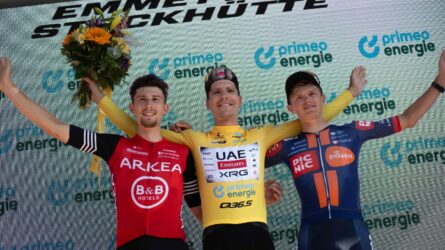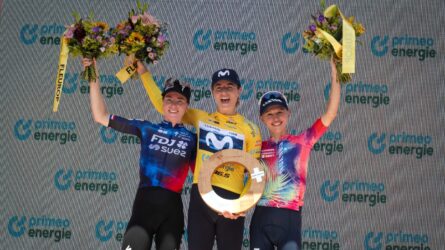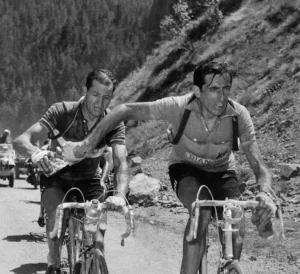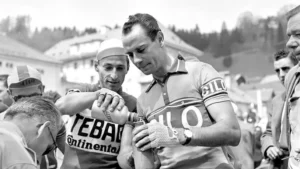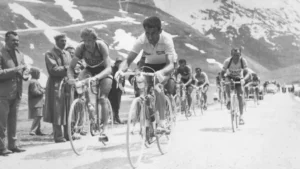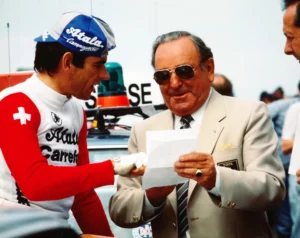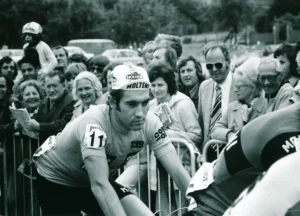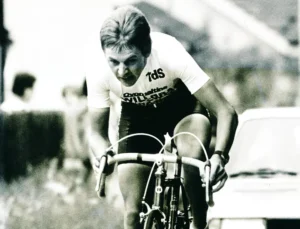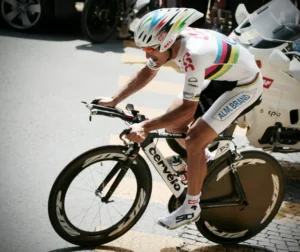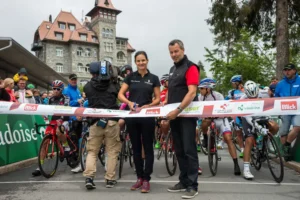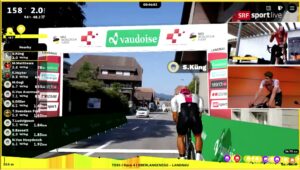Bulla came, saw and conquered
Max Bulla arrived in Zurich just one hour before the start of the first stage. The Austrian had seized opportunities to start in Antwerp (Be) and Troyes (Fr) before travelling by night train. This did not stop Bulla from making his mark on the first Tour de Suisse in 1933 with two stage victories and a final lead of 9:01 minutes over Albert Büchi. Bulla was one of Austria’s most successful professional cyclists, also winning the Zurich championship in 1931.
